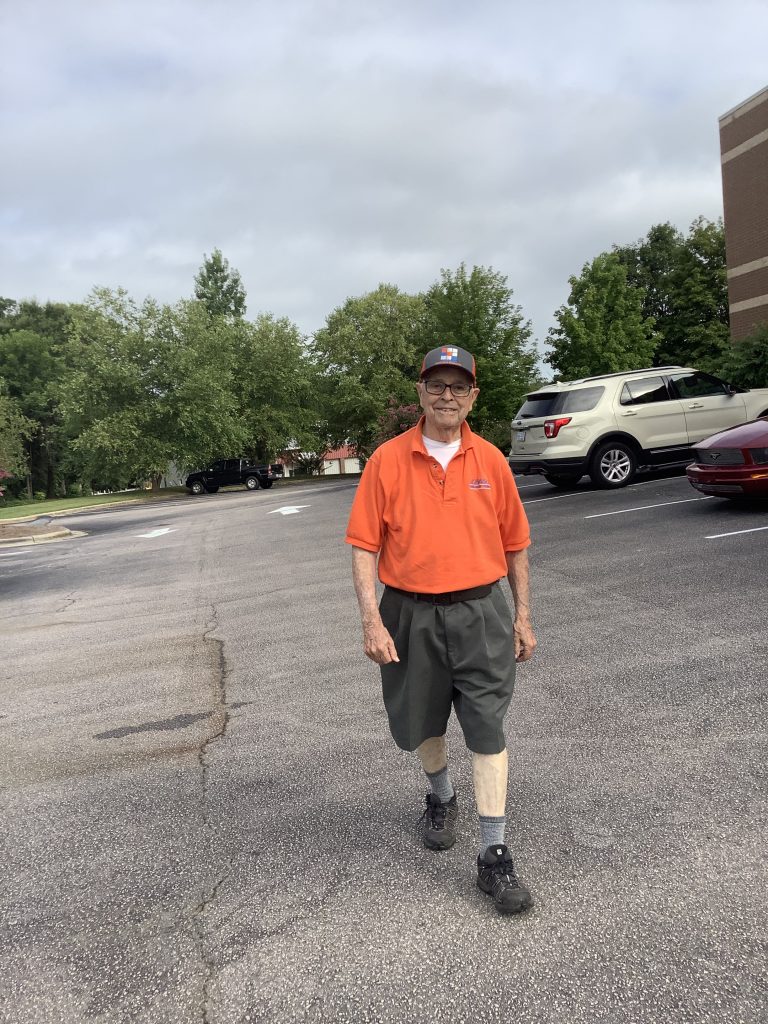By David Freeze
I’m writing this on Thursday morning and just back from one of those glorious runs that really jumpstart the day. I watched the Yankees/Indians playoff thriller last night, slept three hours and hit the road just after 5 a.m. this morning. I had an air temperature of 50, no wind, light ground fog and a glorious nearly full moon that illuminated the road. Now my mind is racing with ideas to share with this column.
I serve as wellness consultant for a company out of Carson City, Nevada, and the September health topic concerned food labels and how to make sense out of them. One of the best topics we shared this month had to do with misleading food product labels and the inaccurate claims made that don’t coincide with the FDA information that’s required.
What we eat makes a lot of difference in our performance, but its just one part of the complete puzzle. But here are some things to watch for on food products as you shop. Yes, I’m one of those people who reads the label on anything I buy. This is a sure sign of caring about your body. That person you see in the grocery aisle reading the back of the container is making an investment in their future.
Here are some of the claims and a quick primer on the real facts as I see them.
Low-fat
Something that’s low fat doesn’t mean it has fewer calories or that you can eat it without concern for weight gain. Be aware that any reduced fat is likely to have added sugar to salvage the taste. And a big benefit of good fat is that it makes us feel fuller longer, so it takes less to satisfy our hunger.
All-natural
Foods with this label want us to believe they are better for you and the environment. The manufacturers want us to believe we are doing something good for our bodies. All-natural foods are not organic and these foods remain unregulated. I bought a jar of peanut butter the other day with this claim and found no FDA label. There is no guarantee that the product has better ingredients or production that makes it better for you. Buy foods made with healthy and whole ingredients, locally produced if possible.
Vitamin-fortified
The manufacture wants us to think that we are getting extra vitamins in products labeled this way. Likely as not, we would be buying food that was stripped of essential vitamins in the process of making it, then some or others may have been added back in. Avoid as much processed food as possible due to this practice. Processed food, including nearly all packaged snacks, want the public to think of vitamin fortified as a way to forget the empty calories, excess sugar and unhealthy fats. Get your vitamins in the fruits and vegetables that should have them.
GMOs
Manufacturers want us to believe that GMOs are bad and a “no GMOs” label means the product is good for us. And that we should pay more for it that since it has not been genetically modified. There is conflicting research on this topic, and more coming daily with mixed results. Some suggest that GMOs help foods last longer, have higher levels of antioxidants or vitamins and likely will taste better. My suggestion is to read the complete FDA label for health benefits instead of focusing on the product claim.
Organic
Possibly the most used term that wants us to believe that these products are healthier, safer and better for the environment. But the reality is that the USDA has strict guidelines that are hard to achieve, including those grown in soil that has been pesticide-free for three years, hormone- and antibiotic-free meats and raised in conditions that emulate their natural environments. Most often, these claims can’t be guaranteed. The organic label according to past Secretary of Agriculture Dan Glickman is a marketing tool rather than a guarantee of food safety, nutrition or quality. But I do believe that there is a certain added value in organically labeled products especially when purchased from locally known farmers or businesses.
Two actual running races are scheduled locally in October. Look for upcoming running events at www.salisburyrowanrunners.org .
